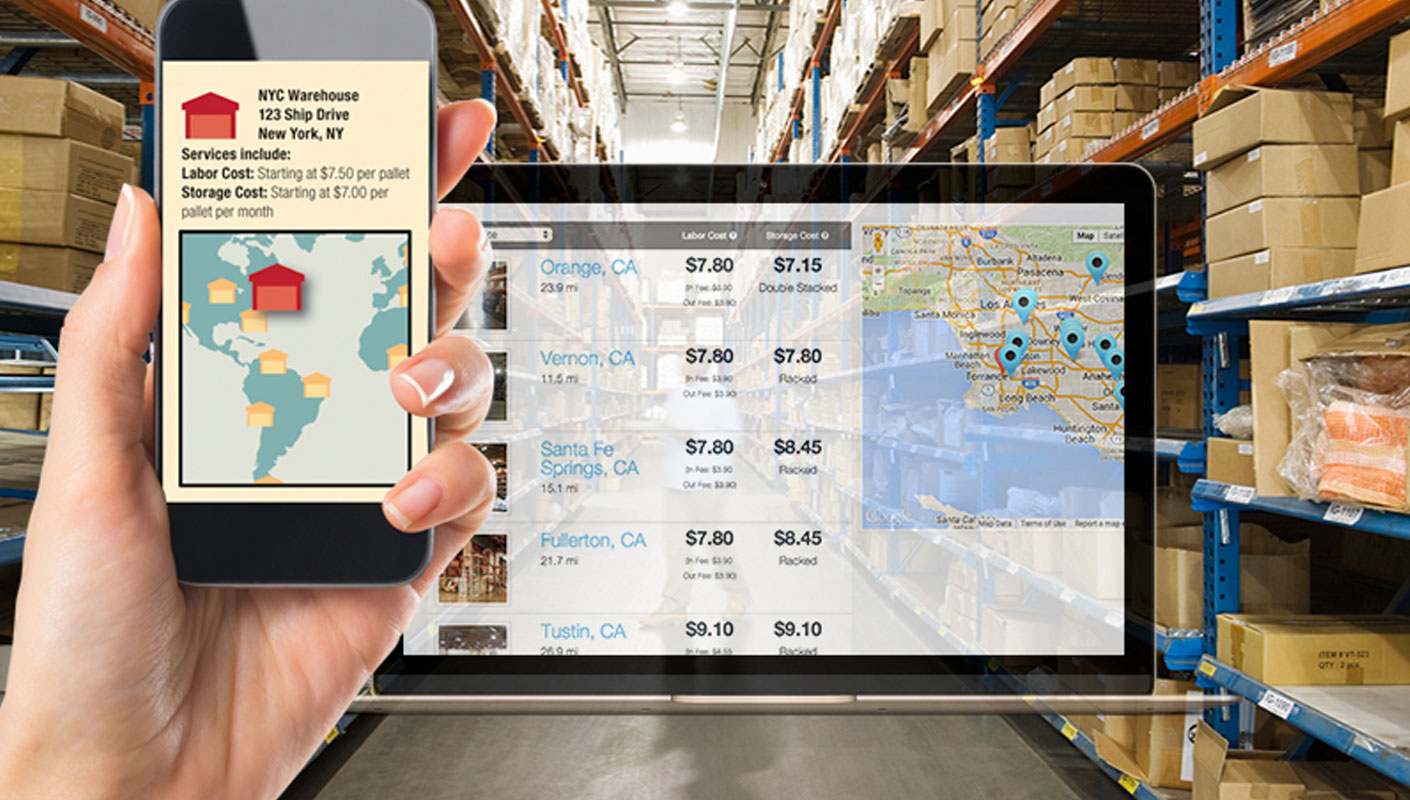An On-demand delivery solution can truly change the face of an enterprise. It has some huge upside potential to increasing revenues and decreasing the distribution costs for a business (Link to the first blog). But not many realize the gains due to a few common misconceptions revolving around UBER-isation of businesses. Based on our experiences, here are the top 5 most common faulty thought processes/assumptions/mistakes that businesses make while implementing an UBER like solution for On-demand delivery of services.








